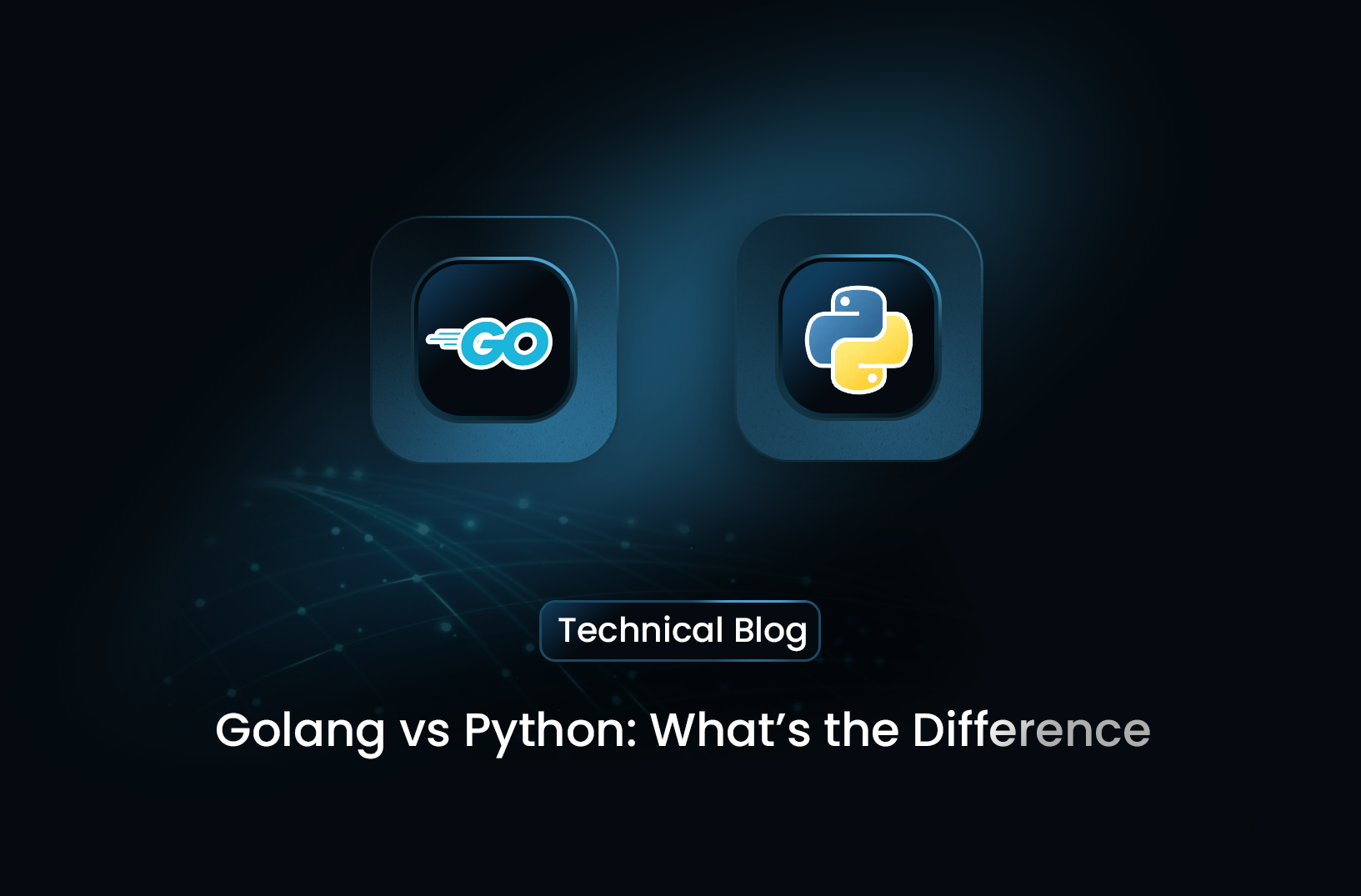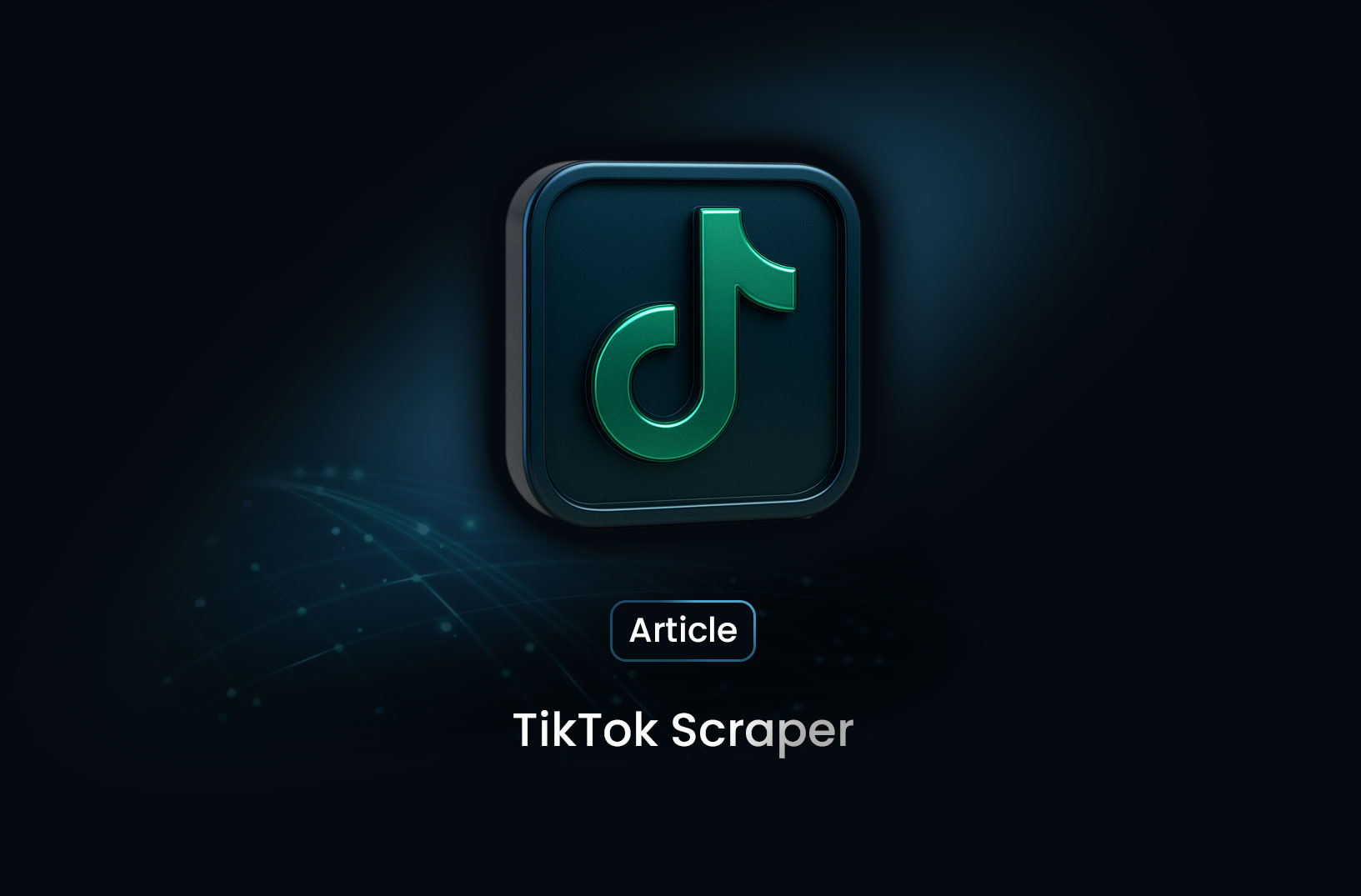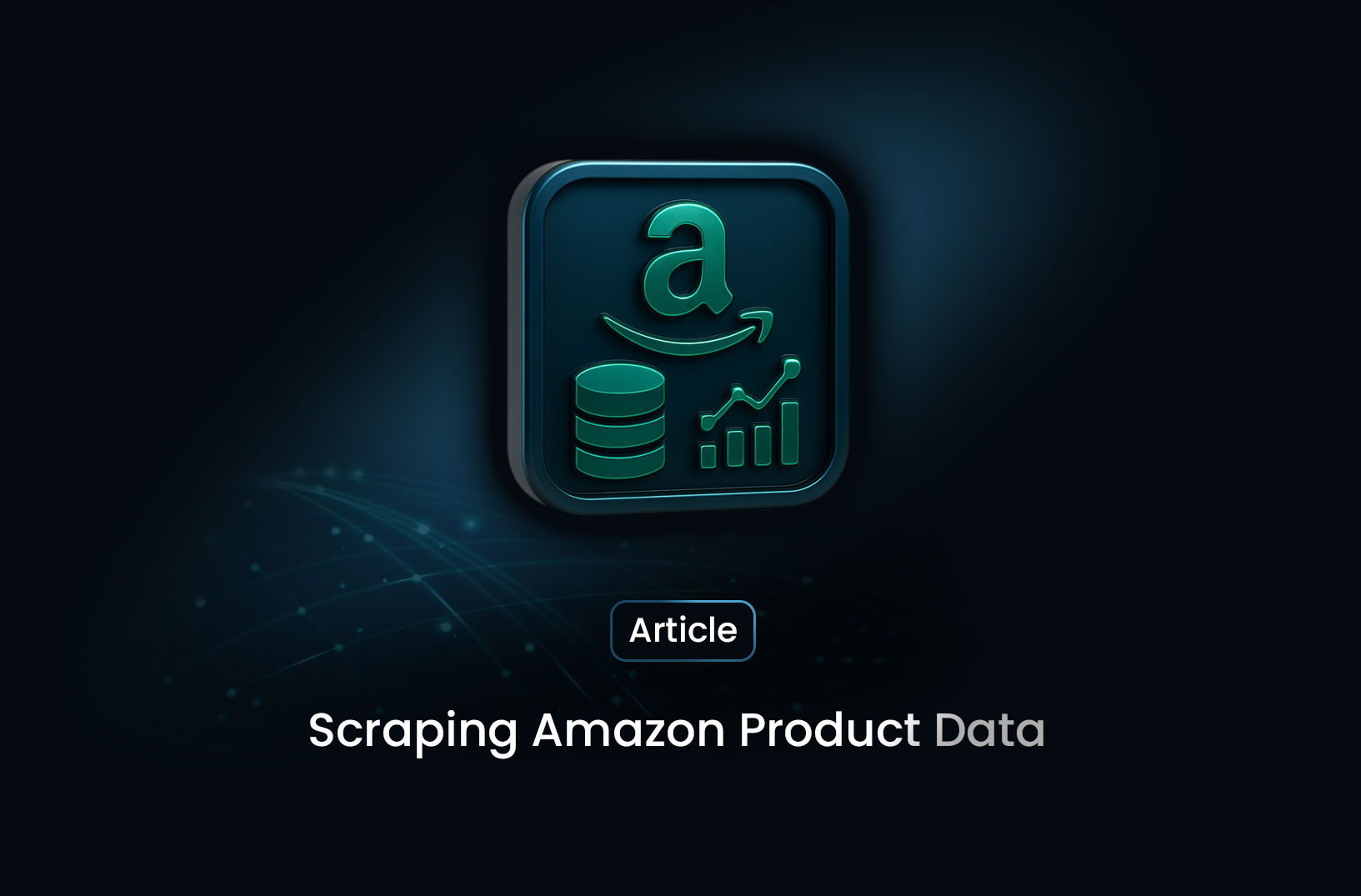
Golang vs Python: What’s the Difference?
ArticleExplore the advantages of using Golang vs Python for your web scraping projects. Learn which language is best suited for high-performance tasks or rapid development.
At a high level, Golang and Python represent two distinct programming paradigms and offer contrasting advantages.
- Golang (or Go):
- Developed by Google, Golang is known for its speed, concurrency support, and simplicity in code structure.
- Designed for backend, network, and high-performance applications, Golang has a strict type system and excellent support for parallel processing.
- Python:
- Python, famous for its readability and simplicity, is widely used for web development, data science, and, importantly, web scraping.
- Known for its extensive libraries and community support, Python is favored for projects that prioritize rapid development.
Golang vs Python: Performance
One of the main reasons developers consider Golang vs Python is the stark difference in performance.
- Golang: Go is a compiled language, making it much faster than Python. This speed advantage makes Golang ideal for applications that require real-time data processing or have high-performance demands.
- Python: Python is an interpreted language, which can lead to slower execution times compared to Golang. However, Python’s libraries for web scraping, like
ScrapyandBeautifulSoup, streamline development, making it a powerful choice for scraping tasks where speed is less critical.
In short, if your scraping tasks require handling massive datasets quickly, Golang may be the right choice. For developers focused on ease of development and flexibility, Python offers a more straightforward option.
Ease of Use and Libraries: Golang vs Python
When it comes to ease of use and library support, Golang vs Python reveals stark contrasts, especially for web scraping tasks.
- Python: With libraries like
BeautifulSoup,Scrapy, andSelenium, Python has the edge in terms of library availability and ease of use. These libraries simplify common scraping tasks, from handling HTML parsing to interacting with dynamic content. - Golang: Although Golang has fewer scraping-specific libraries, libraries like
collyandgoqueryoffer solid functionality for handling HTTP requests and parsing HTML. However, Go requires more manual setup compared to Python for tasks like interacting with JavaScript on pages.
Example: Basic Web Request in Golang vs Python
Let’s see a quick comparison of a basic HTTP request in Golang vs Python: Python Example
import requests
url = 'https://example.com'
response = requests.get(url)
print(response.text)
Golang Example
package main
import (
"fmt"
"io/ioutil"
"net/http"
)
func main() {
url := "https://example.com"
resp, _ := http.Get(url)
body, _ := ioutil.ReadAll(resp.Body)
fmt.Println(string(body))
}
Python clearly has a simpler syntax, which is especially useful for quick prototyping and smaller projects. However, Golang’s type-safety and performance make it more reliable for large-scale systems.
When to Use Golang vs Python for Web Scraping?
Choosing Golang vs Python for web scraping depends on the requirements of your project:
- Use Golang When:
- You need high performance and concurrency, such as scraping data from multiple sources simultaneously.
- The scraping task requires a high degree of reliability and speed, such as financial data aggregation.
- Use Python When:
- You need a broad selection of libraries and community support.
- The task involves complex or dynamic content that requires JavaScript handling, which is more accessible with Python’s libraries.
Golang vs Python: Integrating with MrScraper
At MrScraper, we support both Golang and Python, enabling developers to use the language best suited to their requirements. Here’s how each language benefits from MrScraper’s unique capabilities:
- Python and MrScraper: With Python’s ecosystem, MrScraper users can leverage built-in support for libraries like
Scrapyto quickly set up and manage scraping workflows. MrScraper optimizes Python’s handling of dynamic content, making it easy to handle websites with JavaScript. - Golang and MrScraper: For high-volume scrapers, Golang’s speed and concurrency align perfectly with MrScraper’s distributed architecture. When combined, MrScraper and Golang offer a powerful solution for processing large volumes of requests without bottlenecks.
Example: Using MrScraper’s API with Python and Golang
To show you how MrScraper integrates with both languages, here’s how to set up a request using MrScraper’s API in Python and Golang.
Python Example
import requests
url = 'https://app.mrscraper.com/api/scrapers/leads-generator/twitter/create-and-run'
headers = {
'Authorization': 'Bearer <token>',
'Content-Type': 'application/json'
}
data = {
"name": "twitter",
"keywords": "@Calendly",
"sentiment_type": "all",
"expected_data": "10"
}
response = requests.post(url, headers=headers, json=data)
print(response.json())
Golang Example
package main
import (
"bytes"
"encoding/json"
"fmt"
"net/http"
)
func main() {
url := "https://app.mrscraper.com/api/scrapers/leads-generator/twitter/create-and-run"
headers := map[string]string{
"Authorization": "Bearer <token>",
"Content-Type": "application/json",
}
data := map[string]interface{}{
"name": "twitter",
"keywords": "@Calendly",
"sentiment_type": "all",
"expected_data": 10,
}
jsonData, _ := json.Marshal(data)
req, _ := http.NewRequest("POST", url, bytes.NewBuffer(jsonData))
for k, v := range headers {
req.Header.Set(k, v)
}
client := &http.Client{}
resp, _ := client.Do(req)
defer resp.Body.Close()
body, _ := ioutil.ReadAll(resp.Body)
fmt.Println(string(body))
}
In both examples, you’re using MrScraper’s API to send a POST request with specific parameters to generate leads from Twitter based on keywords. The choice between Golang vs Python here depends on the complexity and scale of the project.
Scaling Web Scraping Projects: Golang vs Python with MrScraper
Scaling a web scraping project often requires distributed processing and robust error handling. In this case, Golang vs Python can make a big difference:
- Golang: Thanks to Go’s native support for concurrency with goroutines, it’s easy to handle thousands of concurrent requests. This makes Golang a great choice for high-demand scraping scenarios, especially when paired with MrScraper’s distributed architecture.
- Python: Python’s
asyncioand libraries likeTwistedenable concurrency, but they may not reach the efficiency levels of Go’s goroutines. However, Python’s readability and rich libraries are ideal for developers who prioritize ease of use over raw speed.
Final Verdict: Golang vs Python for Web Scraping
When deciding between Golang vs Python for your web scraping projects, consider the following:
- Choose Golang if:
- You need high performance and scalability.
- You’re working on a large-scale or high-frequency scraping task where speed is critical.
- Choose Python if:
- You need rapid development and ease of use.
- Your scraping requires complex HTML parsing or interaction with dynamic content.
With MrScraper, you have the flexibility to choose either language and enjoy a seamless experience in both cases. Whether you lean towards Golang’s performance or Python’s simplicity, MrScraper provides the infrastructure to handle your scraping needs at scale.
Find more insights here

How to Scrape TikTok: Scrape Profile Stats and Videos
Learn how to scrape TikTok profile stats and videos using Python and Playwright. Extract followers,...

Scraping Amazon Product Data With Python: A Step-by-Step Tutorial
Learn how to scrape Amazon product data using Python and Playwright. A step-by-step guide to bypass...

“Your IP Has Been Temporarily Blocked” — What It Means & What to Do?
Learn why websites show the “Your IP has been temporarily blocked” error and how to fix it. Includes...
